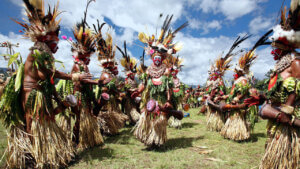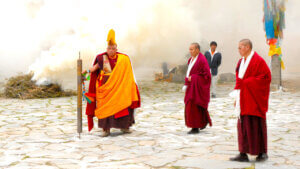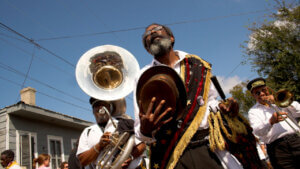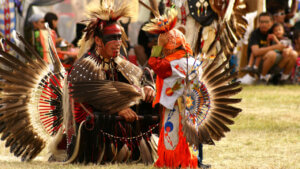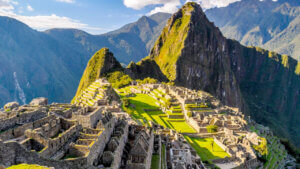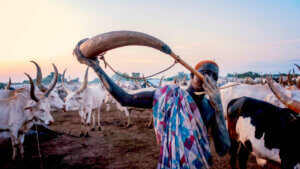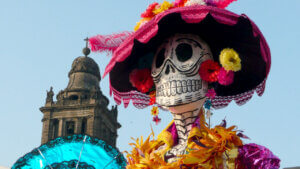Canada
First Nation & Métis Death Practices
Introduction
Although the majority of Canadians are Christian, it is significant to highlight the indigenous peoples and their traditional spiritual practices. Most indigenous populations in Canada are either classified as Inuit, Métis or First Nation. This article focuses on the latter two. We first discuss indigenous beliefs about life, death and the importance of sacred fire. Then we explore traditional Métis death customs and funerals. Thereafter, we are focusing on some of the many traditional First Nation death practices.
Almost every single First Nation community is unique and, as a result, presents a great variety of death beliefs and customs. From tea dances, to burial pits and mortuary totem poles, First Nation death practices are many and fascinating!
Indigenous Death Beliefs

Many First Nation and Métis groups throughout Canada share many cultural and religious practices. That expands also to their death-related beliefs and customs. However, it is important to point out that there is a huge variety and variation of tradition between groups but also within communities. We are next discussing some beliefs and practices that are often present to certain degrees in indigenous funerals.
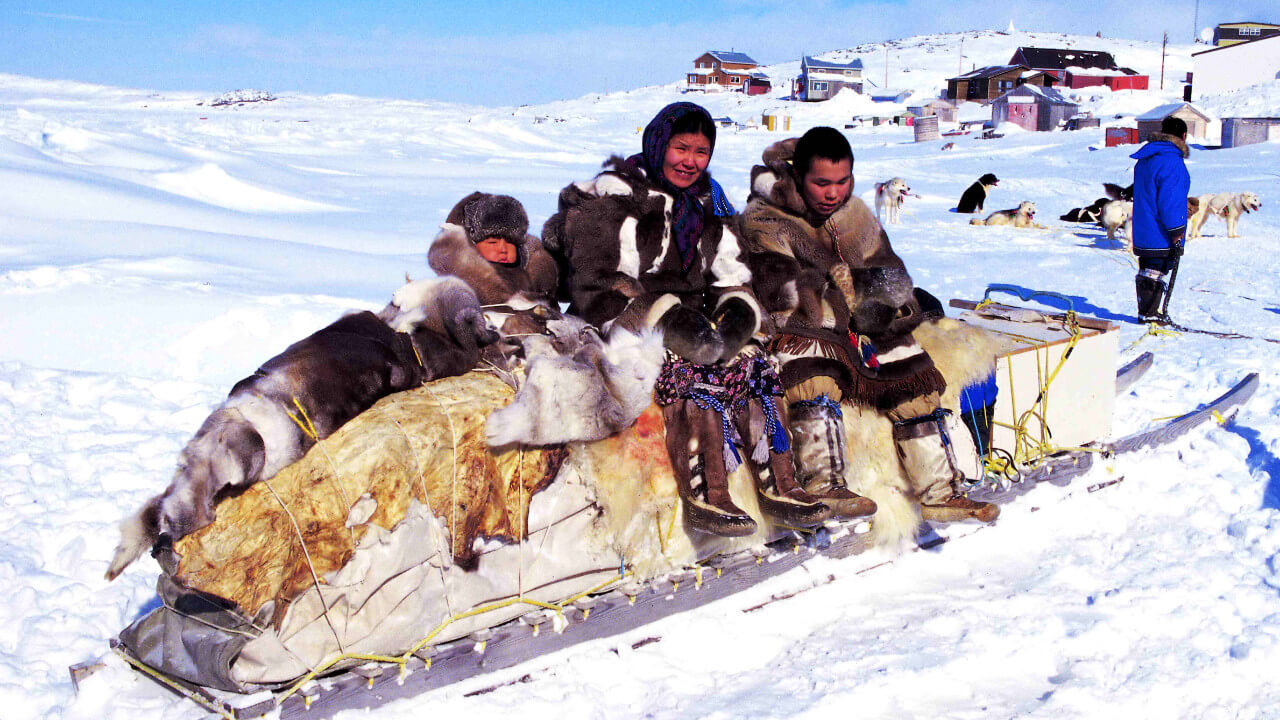
Life as a Circle, Death as a Journey
Indigenous Canadians often perceive life as a circle. As a result, it is important that this circle is successfully completed and death plays a crucial role for that. Moreover, death is not the end of life, just the completion of the circle. After all, many indigenous peoples traditionally believe that life continues after death. Elders are also extremely important figures in their communities regarding processes of the life cycle. For example, they provide spiritual guidance from the moment of birth until a person’s death – and beyond.
All the above indicate that indigenous elders approach death with humble respect since it is a natural part of life, just like a birth. As a result, not only death but dying is an important part of the life cycle. For instance, when someone is dying or they just passed away their whole community takes part in the process. Elders of different peoples support that communities come together when a member is dying. Therefore, death is not only a moment but a journey, both for the dying person and their loved ones. Especially one’s family is very significant during this time. Processes of dying and death include both physical and spiritual preparation.
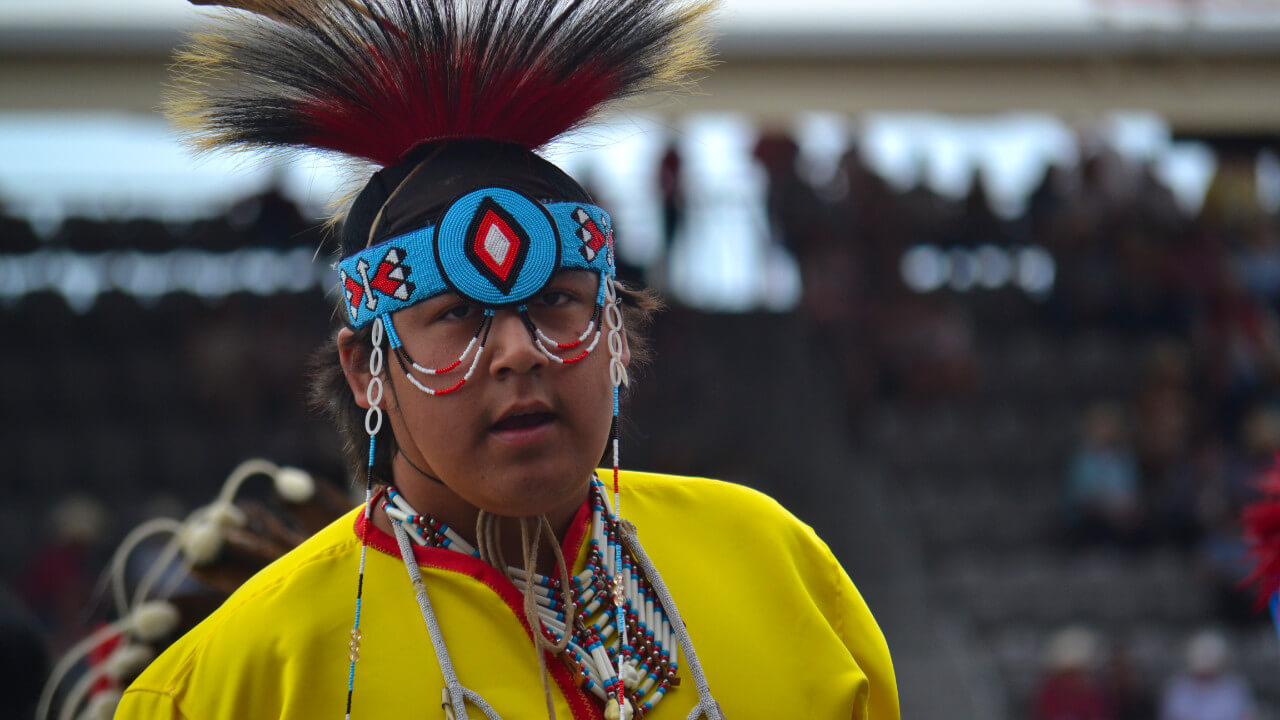
Sacred Fire
Certain First Nation and Métis communities also include sacred fires to these funerary practices. Generally speaking, sacred fire is often an important part of indigenous ceremonies. It also has a particularly spiritual side and creates links with ancestral spirits.
Therefore, sacred fire is often present during funerary preparations too. Additionally, only certain materials can be used for a sacred fire. Most indigenous groups use tobacco, sage, cedar and even specific meals for their sacred fire. When a person dies, the community starts a sacred fire and they make sure that it stays always attended by someone.
These fire-keepers are usually men and they have to make sure that the fire does not go out. As long as the spirit of the person is on its journey after death the fire needs to keep burning. Once the community buries the body and the funeral is complete, the sacred fire has served its role. Some First Nation peoples who use sacred fire often are the Anishnaabe. In addition to this group, Métis people also use sacred fire as part of their funeral customs. It is their death customs and practices that we discuss next.
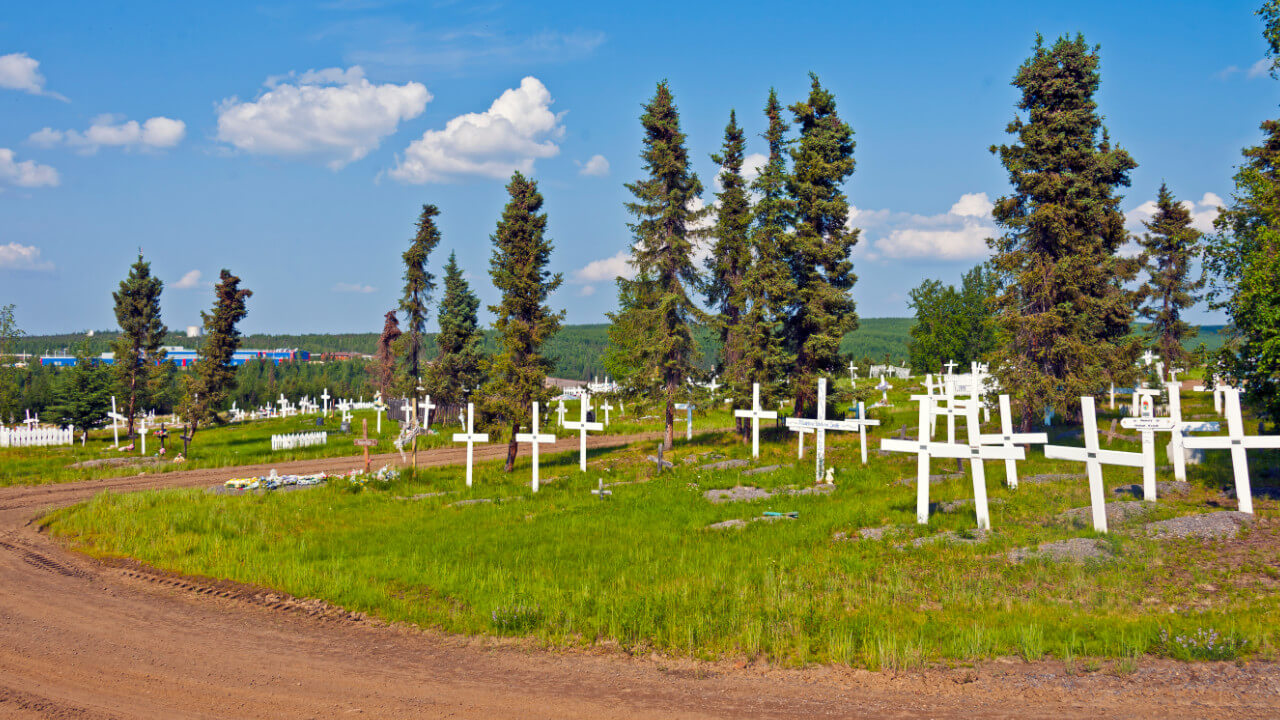
Métis people
But who are the Métis? Métis people have a mixed background of both indigenous and European descent. The word Métis is short for métisser in French and referred originally to mixed-race children of indigenous and French people. As a result, religious syncretism and cultural diversity are often present in their communities. Due to their partial European background many Métis groups practice Roman Catholic or Anglican death customs.
Death Beliefs & Practices
Métis communities traditionally used church bells often to indicate the death of a local. Specifically, the bell used to ring seven times for the death of a woman, and nine for the death of a man. Southern Métis communities used very thin coffins that would be engulfed with certain materials. The color black indicated that the deceased was older, while white meant that the deceased was a child.
Northern Métis communities, instead, dyed their coffins white and blue. Moreover, they adorned the coffins with traditional signs and marks. Moreover, during or before the funeral, certain Métis groups cut their hair as a sign of their pain and grief. Alternatively, some women keep their fallen hair throughout their whole life so that they can be burnt during these funeral rites.
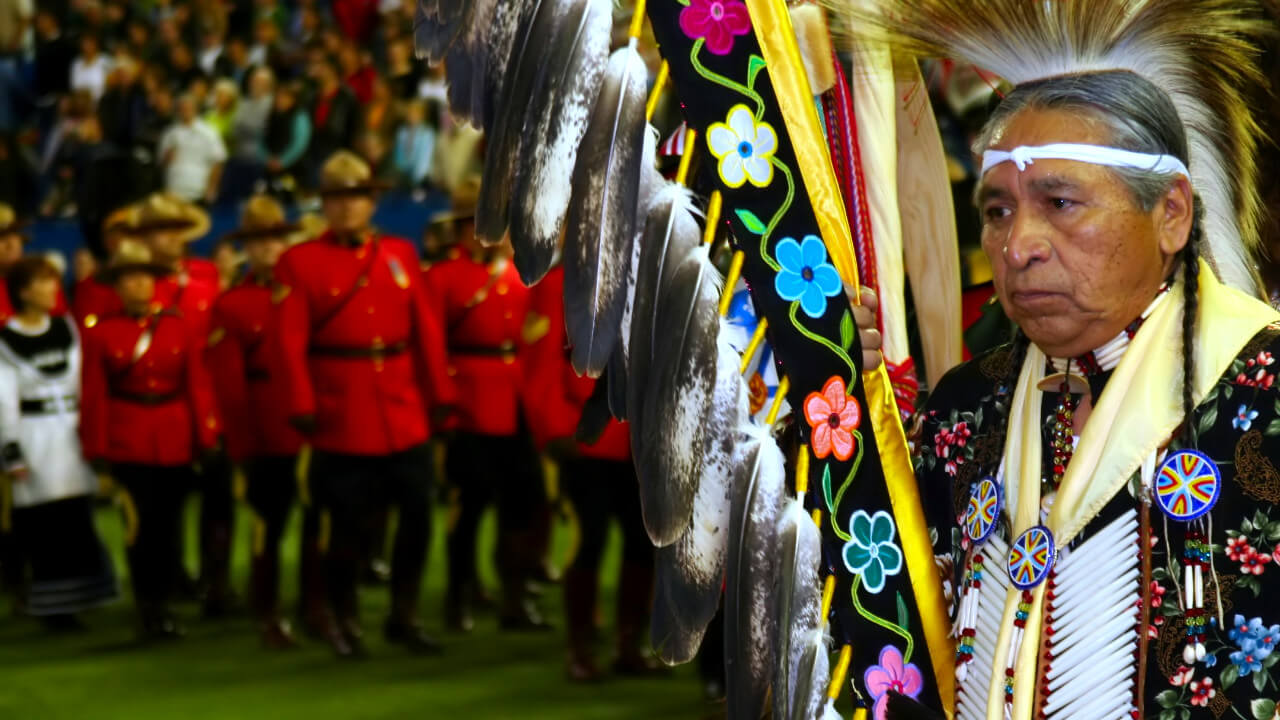
The Wake
For most Métis communities the wake is particularly significant. Many wakes even last up to four days! Sacred fire is quite common for many of these communities and tobacco is present too. Not only is it burnt for the sacred fire, Métis people often keep it next to the body of the deceased or even bury tobacco with it. Furthermore, Elders play a significant role in Métis communities since they participate in these rites, share their knowledge and often act as pillars of their communities.
Post-funeral traditions
Métis death practices do not stop at the funeral. For instance, according to customs people should not look back at the burial site on their way back home. By refusing to look back, they signify that they are accepting their loved one’s passing. In addition to that, other Métis customs suggest that the husband or wife of the deceased wears a black armband to indicate their grief. Spouses used to grieve for a year and a half, while siblings for one year. Some families may donate the belongings of the deceased to other relatives and friends.
Other post-funeral customs dictate that Métis people may have to have an additional plate of food at every large celebratory meal or on special occasions. These meals are for their relatives who have passed away. Finally, traditions do not allow for Métis people to whistle at the Northern Lights. This is so because the aurora borealis is actually the spirits of the dead who are dancing in the skies.
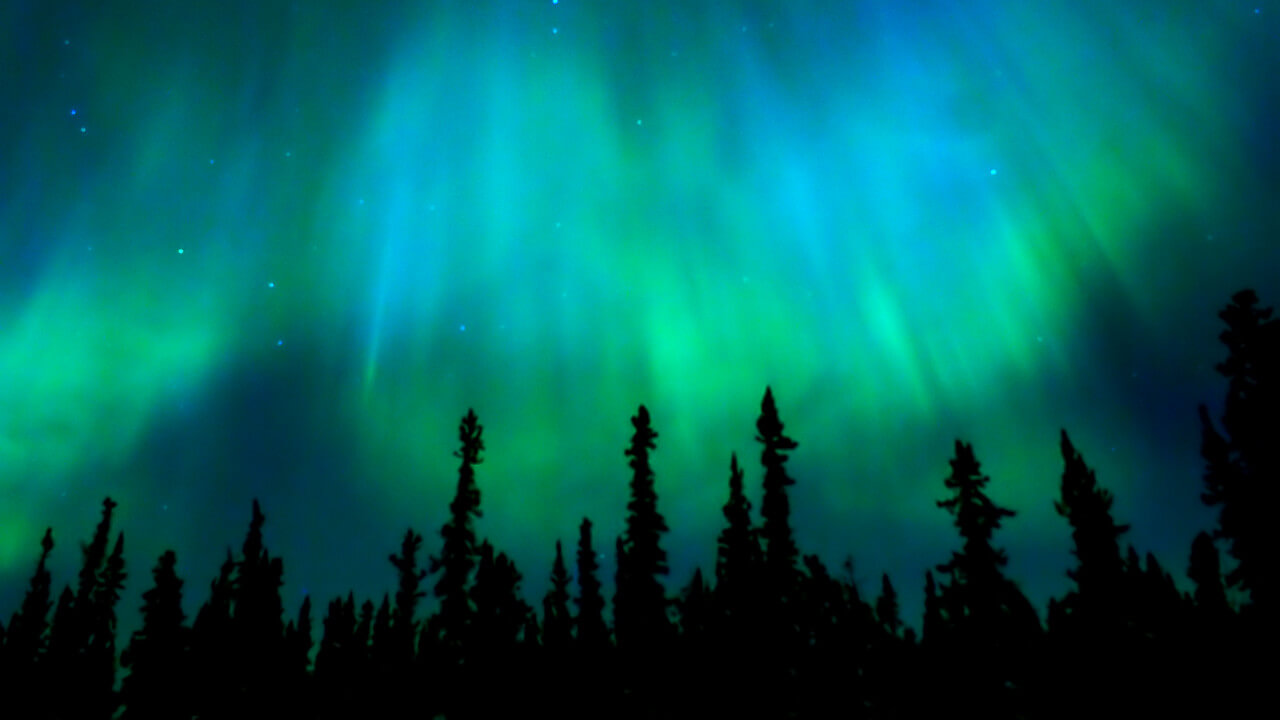
First Nation Peoples
Although not exactly the same, Métis and First Nation funerals share similarities. For instance, many death beliefs of the two groups are syncretic – meaning that they have both native and Christian elements. As a result, there is a great variety of death practices with some sources even suggesting that no funeral is exactly the same as any other.
Omens of death
Additional similarities between these peoples, include checking for omen of death in nature or even paying attention to one’s breath in order to predict when they are about to pass away. For instance, if you see the same number of animals in nature repeatedly, that could be a sign that someone has passed away. That is an example of an Anishnaabe custom. The Dené Tha’ people, on the other hand, practice another fascinating custom: tea dances.
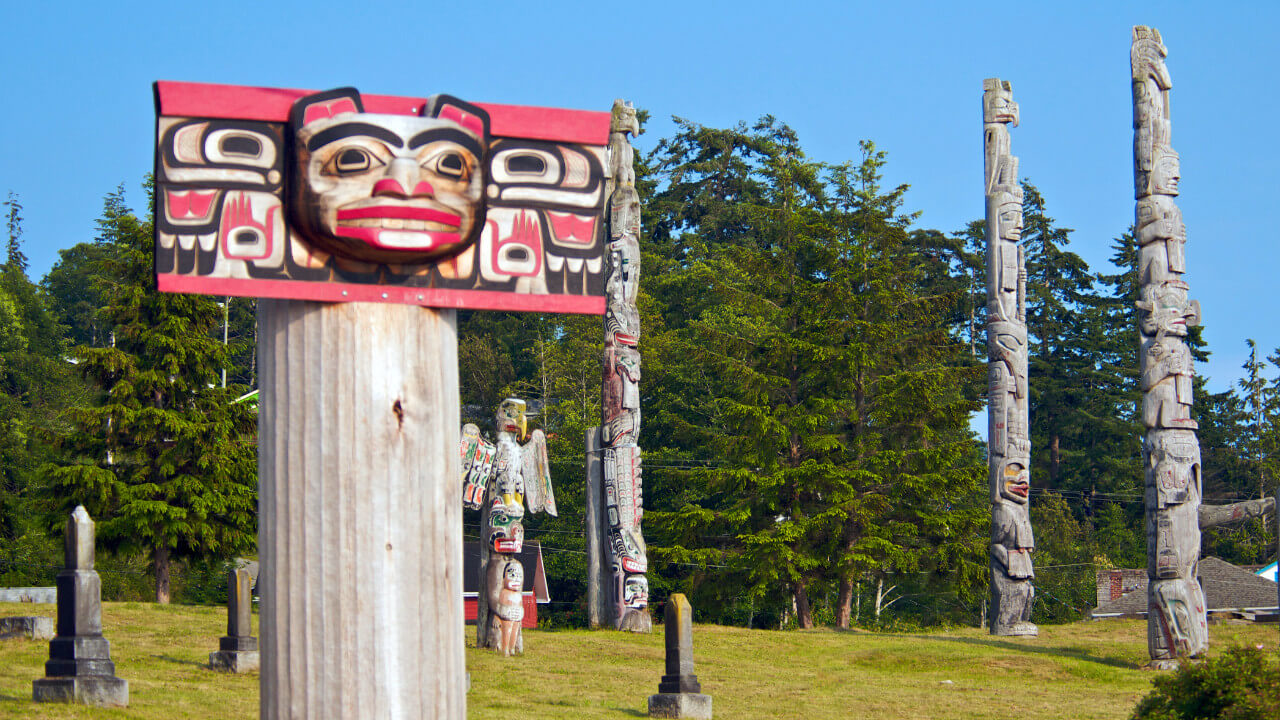
Dené Tha’ people - Tea Dance
The Dené Tha’ people of Alberta, use tea dances as some of their most significant ceremonies. Originally called dawots’ethe, these meetings got their name due to the tea that people serve. The Dené Tha’ hold tea dances in order to mark the end of a season or a hunt. However, they also use it as a memorial for the death of a member of their community. Moreover, tea dances are a significant event that includes praying, dancing, catching up. Once again, Elders of the community play an important role since they are in charge of the story telling. There are even specific songs that are focusing mainly on the spirits of the deceased.
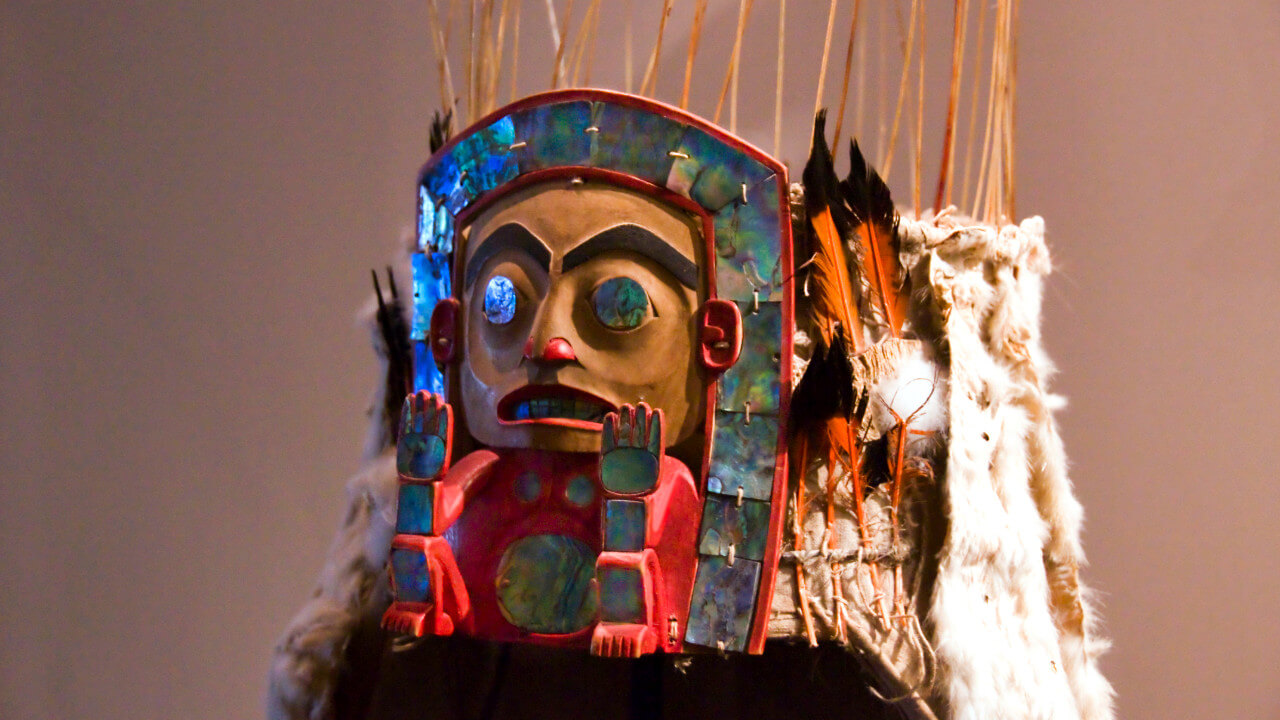
Haida People - Practices of the Past
Before the spread of Christian beliefs by French and British colonialism, indigenous practices looked much different than nowadays. That is also the case of traditional death practices of the Haida people, of the Haida Gwaii archipelago. These peoples reside on these islands off the North Pacific coast for at least the last 12.500 years. Interestingly, the Haida used to have different burial practices for commoners than chiefs.
Commoners & Burial Pits
Most Haida people used to be buried just outside their villages. According to these customs for commoners, the Haida actually used large communal burial pits. Individual graves were also not common in their communities. Additionally, the Haida used no coffins for their commoners. Instead, they left their bodies exposed to decompose naturally. As a result there was sometimes an intense smell close to these burial pits. Not everyone received this kind of burial, though.

Chiefs, Shamans & Wooden Boxes
Specific members of the Haida society such as chiefs, shamans and warriors had a much different funeral. Since these head figures were significantly more important, the respect of their community had to be reflected on their funerals too. Sometimes cremated but usually not, the body of an important person was kept for a long time after death. The Haida placed the remains in a wooden box often carved with beautiful symbols and marks. It was often one year after death that the Haida would proceed to the next level of the funeral: the mortuary totem poles.
Mortuary Totem Poles
Specific members of the Haida society such as chiefs, shamans and warriors had a much different funeral. Since these head figures were significantly more important, the respect of their community had to be reflected on their funerals too. Sometimes cremated but usually not, the body of an important person was kept for a long time after death. The Haida placed the remains in a wooden box often carved with beautiful symbols and marks. It was often one year after death that the Haida would proceed to the next level of the funeral: the mortuary totem poles.
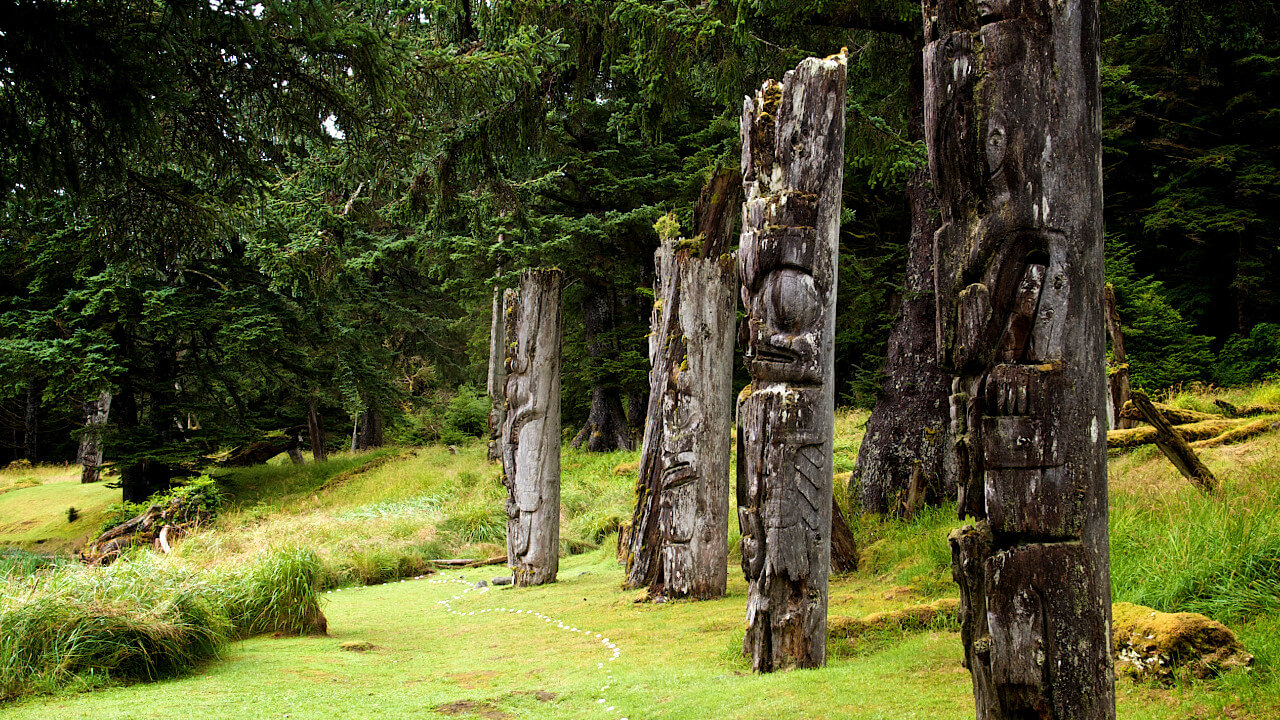
Read more
We hope you learned something new regarding this country’s death practices!
If you would like to read more on Inuit death practices and the group’s complicated history with suicides, you can have a look at our Greenland article. For more indigenous practices in North America, you can check out our article here. Finally, yet another related article is about Australia’s Aborigines and their fascinating death practices.
Stats & Facts
The average mixed death rate of Canada is 7,6 per 1.000 people (2019).
The time of burial or cremation depends on the religious and cultural practices of the deceased and their community. For instance, for certain First Nation communities the wake is extremely important. As a result, they plan the funeral for a bit later. Most funerals take place one to four days after death, regardless of religious or ethnic background.
Prior to Europeans colonizing Canada, indigenous populations were mostly following shamanistic or animistic customs. This means that they had a very close relationship to their ancestors and nature. Nowadays, Christianity is the predominant religion in Canada and specifically Roman Catholicism. According to the 2011 census, 67,2% of Canadians are Christians while 23,9% of the population is irreligious. The largest religious minorities are Islam, Hinduism, Sikhism, Buddhism and Judaism.
According to the Canadian Institute for Health Information, the rate of utilized organs in 2019 was 21,87 per million population. That corresponds to 822 transplants in that year.
Life expectancy
- Anishinaabe
- Barkwell, L. Metis Culture: Metis Death Rituals and Ceremonies.
- Canada – International Registry In Organ Donation And Transplantation
- Crude Death Rate / Canada – World Bank
- Fascinating Facts About Haida Mortuary Poles – Keith Burnside (2017)
- First Nations – Rene R. Gadacz (2006)
- Funeral Practices in Canada – Earle Waugh (2010)
- Hampton, M., Baydala, A., Bourassa, C., McKay-McNabb, K., Placsko, C., Goodwill, K., … & Boekelder, R. (2010). Completing the circle: Elders speak about end-of-life care with aboriginal families in Canada. Journal of palliative care, 26(1), 6-14.
- Historic Haida Pit Burial
- Métis – Adam Gaudry (2009)
- Métis people in Canada
- Reflecting on Death: First Nations People – Kath Murray (2015)
- Religion in Canada
- Sacred Fire
- The First Nations of the Pacific Northwest – Mortuary Poles and Graves
- Thunder Bay funeral opens offering traditional burial ceremonies – Willow Fiddler (2019)
- Totem pole
- pxfuel, Free Commercial Use, via pxfuel
- Thérèse Ottawa, CC BY-SA 4.0, via Wikimedia Commons
- Tim Lumley, CC BY-SA 2.0, via Flickr
- Ansgar Walk, CC BY-SA 2.5, via Wikimedia Commons
- Max Pixel, CC0 Public Domain, via Max Pixel
- Four’18”, CC BY-SA 4.0, via Wikimedia Commons
- Ansgar Walk, CC BY-SA 2.5, via Wikimedia Commons
- Daniel, CC BY 2.0, via Wikimedia Commons
- Daniel Case, CC BY-SA 3.0, via Wikimedia Commons
- Bahman, CC BY 2.0, via Wikimedia Commons
- Studiolit, CC BY-SA 2.0, via Flickr
- A.Davey, CC BY-SA 2.0, via Flickr
- A.Davey, CC BY-SA 2.0, via Flickr
- JulieAMay, CC BY-SA 2.0, via Flickr
- Dale Simonson, CC BY-SA 2.0, via Flickr
- A.Davey, CC BY 2.0, via Wikimedia Commons
- Thérèse Ottawa, CC BY-SA 4.0, via Wikimedia Commons
- Giuseppe Milo, CC BY-SA 2.0, via Flickr
- Thérèse Ottawa, CC BY-SA 4.0, via Wikimedia Commons
- Xicotencatl, CC BY-SA 3.0, via Wikimedia Commons
